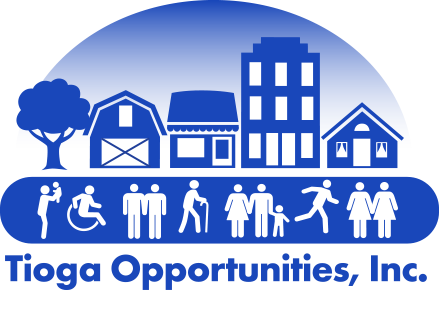Diabetes: What You Need to Know
About 37 million Americans are affected by diabetes, according to the National Institute of Diabetes and
Digestive and Kidney Diseases (https://bit. ly/3SivzqG), and diabetes is the eighth leading cause of death
in the United States. Those who already have diabetes can avoid complications by practicing proper selfmanagement.
While a diabetes diagnosis can be scary, there are steps you can take to lead a healthy, happy
life.
Types of Diabetes
Diabetes generally happens when the body stops producing the hormone insulin, leading to excess sugar
in the bloodstream. Type 1 diabetes occurs when the body attacks your pancreas, causing it to produce no
insulin at all. Gestational diabetes occurs in pregnant women who have never had diabetes. Type 2 diabetes
is usually diagnosed in older adults and is largely preventable. It occurs when the body doesn’t respond
to insulin. Type 2 diabetes often follows prediabetes, a condition in which blood sugar levels are
higher than normal, but not high enough to be considered type 2 diabetes. Talk to your healthcare provider
about getting screened for diabetes if you are 35 years old or younger with health issues. If you have
not been diagnosed with diabetes, but are experiencing one or more of the following symptoms, ask your
doctor if you should be concerned about diabetes. Symptoms may include:
• Frequent urination, constant thirst and hunger, extreme tiredness, blurry vision, wounds that heal
slowly, and tingling, pain, or numbness in your hands and/or feet.
Having diabetes means that you could be at higher risk for heart and kidney disease; skin, eye, and feet problems; obesity; strokes; and some types of cancer.
Prevention Works
There are many ways to prevent Type 2 diabetes as you get older. The best way is to sustain a healthy lifestyle by maintaining a healthy weight and being physically active. Healthy weights are different for everyone. Talk to your doctor about the right weight for you, and what kind of diet and exercise routine can help you achieve that.
Many hospitals, health systems, community-based organizations, and even health departments offer Di-abetes Prevention Programs. These educational pro-grams have been shown to help prevent or delay the onset of Type 2 diabetes in adults who are at high risk. Visit https://bit.ly/3Me9Igf to learn about Dia-betes Prevention Programs near you.
Managing Highs, Lows, and Everything In Between
You can manage diabetes daily by eating a healthy diet that is low in carbohydrates, added sugars, and saturated fat, and incorporating physical activity into your schedule. These healthy habits should be fol-lowed, even if you are prescribed insulin to help regu-late your blood sugar. You should also track your blood sugar levels, food and beverage intake, insulin dosages, and physical activity in order to keep your blood sugar at its target level. Eating a healthy diet may include controlling your meal portions; choosing foods that have fewer calories, fats, sugars, and sodi-um; drinking water instead of sugary drinks and alco-hol; and having fruit instead of candies and other sug-ary sweets.
Source: IPRO Healthy Insights comes from Dr. Clare Bradely, IPRO’s Sr. Vice President/Chief Medical Officer, a nationally recognized public health advo-cate. Learn more at https://ipro.org

